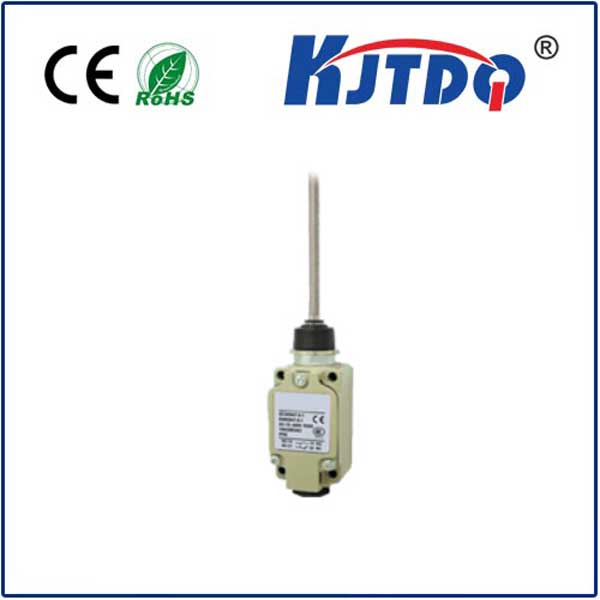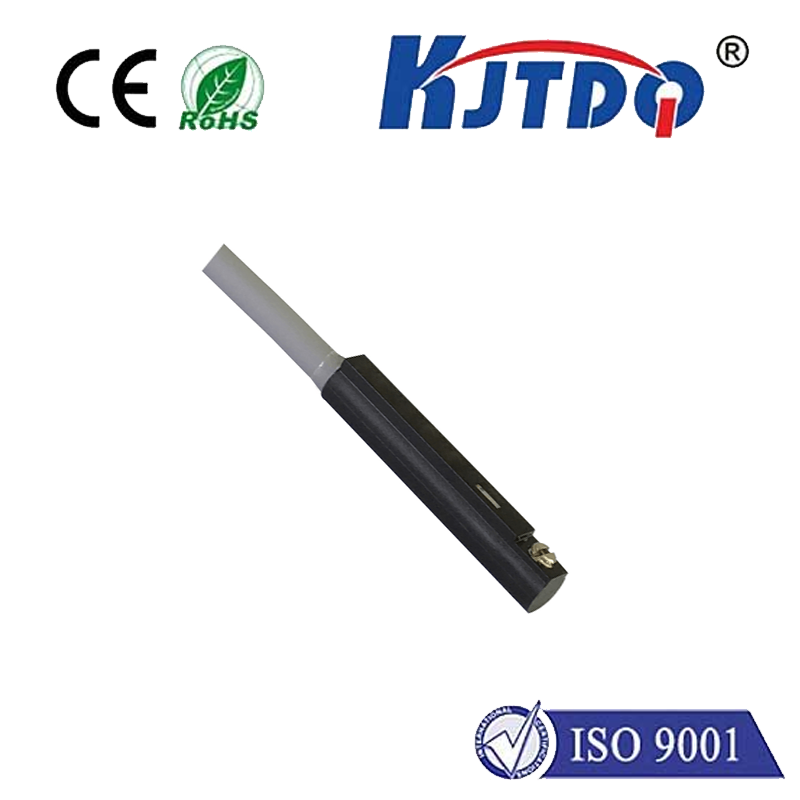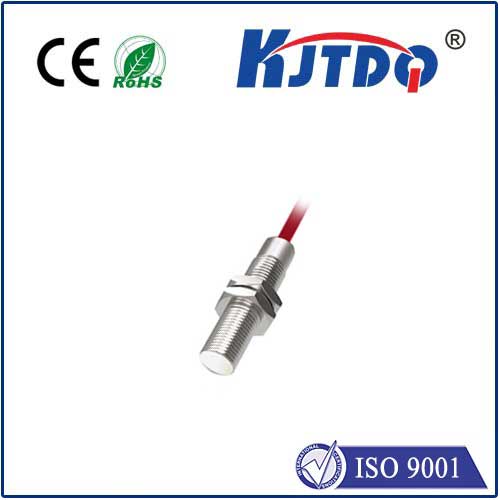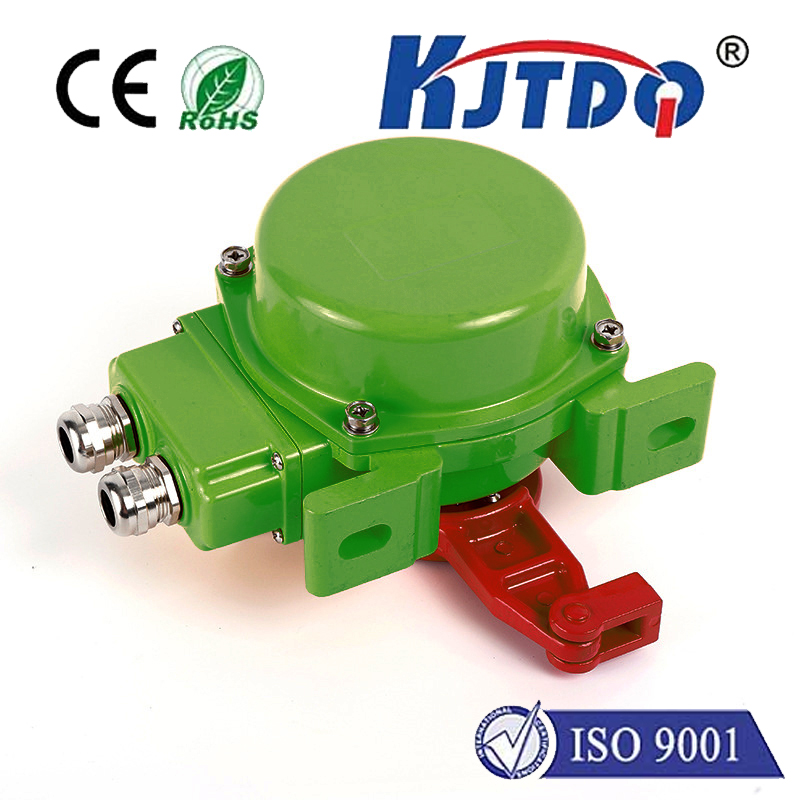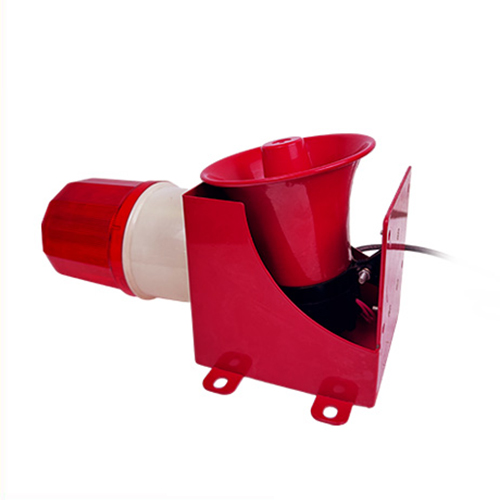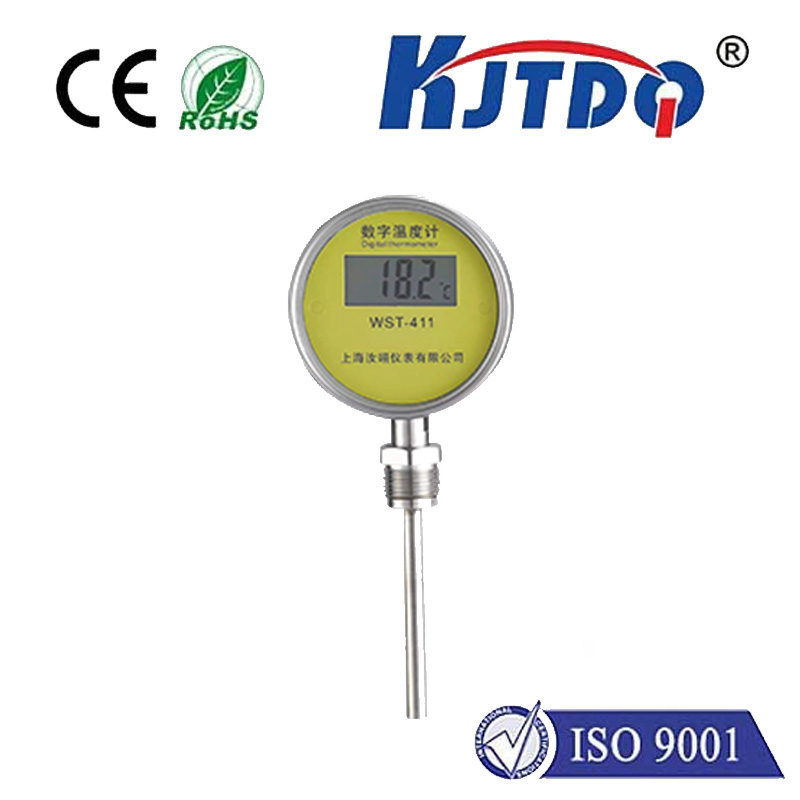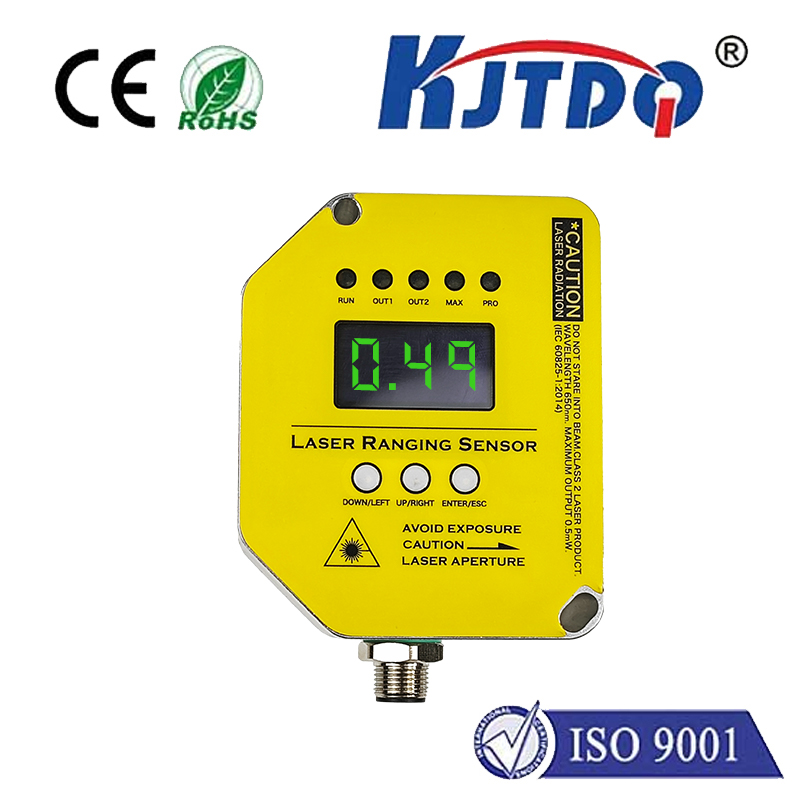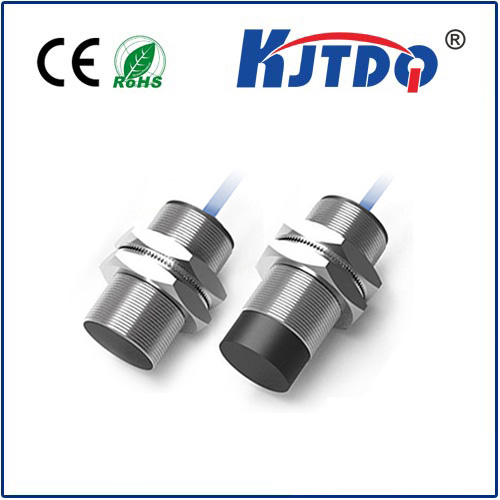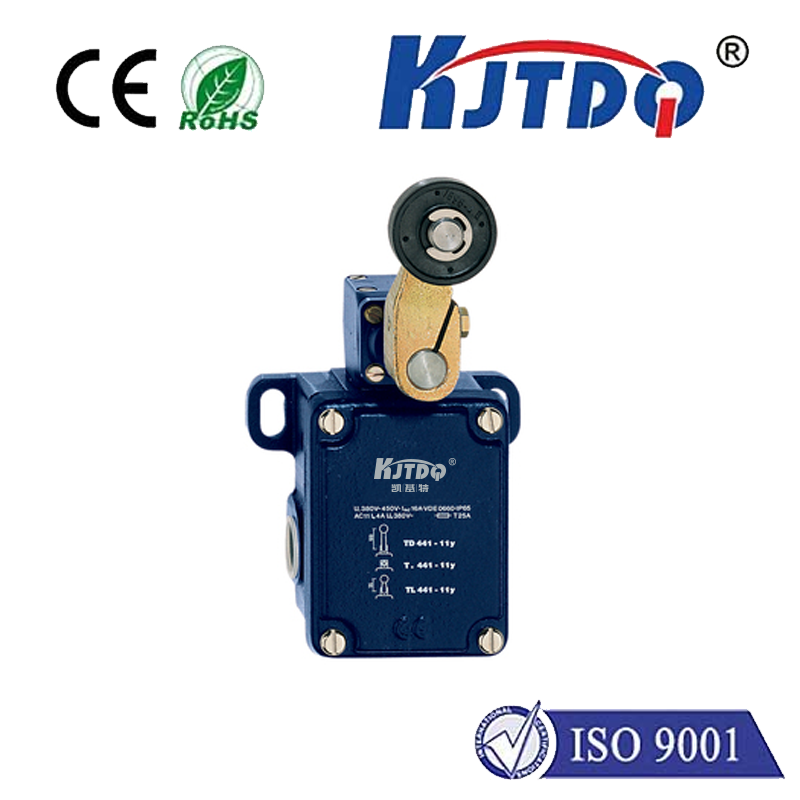выключатель с верхним пределом подъёма
- time:2025-08-06 11:53:30
- Нажмите:0
Over Hoist Limit Switch: The Silent Guardian Preventing Crane and Hoist Disasters
Imagine the scene: A multi-ton load ascends smoothly towards its target height. Suddenly, a critical oversight – the hoist mechanism doesn’t stop. The hook crashes violently into the hoist drum assembly above. Metal shrieks, cables snap under immense pressure, and the load plummets uncontrollably, transforming a routine lift into a catastrophic event. This grim scenario, tragically occurring in real-world material handling, underscores the non-negotiable importance of one vital component: the over hoist limit switch (OHLS). Often unseen and unsung, this compact device stands as the last line of defense against devastating overwinding incidents.
What Exactly is an Over Hoist Limit Switch?
An over hoist limit switch is a fundamental safety device integrated into hoisting equipment like cranes, elevators, winches, and lifts. Its primary purpose is unequivocal: to prevent the hook block or load attachment point from traveling beyond its uppermost safe limit and striking the hoist drum or support structure—an event known as overwinding or two-blocking. When the load block reaches a pre-set upper position, the OHLS is mechanically or electronically triggered, sending an immediate signal to the hoisting motor’s control circuit. This action instantly cuts power to the hoist motor’s upward function, halting further ascent. Crucially, while it stops upward travel, it typically allows controlled downward motion, enabling operators to safely lower the load away from the danger zone once the switch is reset.
Why Failure is Not an Option: The Stakes of Overwinding
The consequences of overwinding are severe and multifaceted:

- Personnel Safety Catastrophe: Falling loads, snapped cables whipping uncontrollably, and flying debris pose grave, often fatal, risks to operators, riggers, and anyone nearby. Protecting human life is the paramount reason for OHLS existence.
- Significant Equipment Damage: The impact during an overwind event can destroy the hoist drum assembly, bend the crane boom, sever lifting ropes or chains, damage the hook block, and inflict structural harm to the entire machine. Repair costs can be astronomical, and downtime lengthy.
- Operational Disruption and Financial Loss: Beyond repair bills, unexpected downtime halts projects, delays schedules, incurs penalties, and impacts overall productivity. The ripple effects of a preventable accident are substantial.
- Regulatory Repercussions: Failure of safety devices like the OHLS is a major violation of occupational health and safety regulations worldwide (OSHA, LOLER, ASME B30 standards, etc.). This results in hefty fines, potential legal liabilities, and damage to a company’s reputation.
How Does This Critical Safety Sentinel Function?
Over hoist limit switches operate on relatively straightforward yet robust principles, typically employing one of these methods:
- Rotary Cam Type: The most common design. A rigid “dog” or lever is attached to the hoist drum shaft or a rotating sheave on the boom tip. As the drum rotates (correlating to cable payout/retrieval), this dog eventually rotates into position to strike a physical limit switch strategically mounted nearby. This physical contact actuates the switch.
- Linear Motion Type: Used where rotation isn’t easily monitored. A physical lever or roller arm is positioned at the upper limit of the hoist path. When the ascending hook block or load directly contacts this lever, it mechanically activates the switch.
- Proximity Sensor Type (Non-Contact): Increasingly common, especially in harsh environments. These use magnetic or inductive sensors mounted near the upper travel path. A target plate attached to the cable or hook block passes close to the sensor as it approaches the limit. The sensor detects this proximity change electronically and signals the controller without physical contact, offering advantages in reliability and resistance to contaminants.
- Encoder-Based Systems: Integrated with the hoist motor encoder, these sophisticated systems electronically monitor the position of the load block based on drum rotation counts or wire rope length measurement. When the programmed upper limit is reached, the system initiates a stop.
Regardless of the technology, the essential outcome remains identical: immediate cessation of upward hoist motion upon reaching the critical setpoint.
The Tangible Benefits of a Reliable Over Hoist Limit Switch
Investing in and maintaining a fully functional OHLS delivers profound advantages:
- Enhanced Personnel Safety: Creates a robust barrier against the most dangerous hoist-related accidents, significantly lowering the risk of injury or fatality.
- Protecting Valuable Assets: Shields expensive hoisting machinery and lifted loads from catastrophic damage, safeguarding capital investment.
- Minimizing Costly Downtime: Prevents the extensive operational disruptions and revenue losses associated with accident investigations, repairs, and potential legal proceedings. Prevention is undeniably cheaper than cure.
- Ensuring Regulatory Compliance: A well-maintained OHLS is a cornerstone of meeting stringent safety standards and passing inspections, avoiding fines and work stoppages.
- Boosting Operational Confidence: Operators and supervisors can conduct lifts with greater assurance, knowing a critical safety backup is actively protecting personnel and equipment.
Maintenance: The Key to Unfailing Protection
An over hoist limit switch is only effective if it works reliably. Neglecting maintenance is effectively disabling a vital safety feature. Best practices include:
- Regular Functional Testing (Mandatory): The switch must be tested before each shift or prior to critical lifts as per standard safety protocols (e.g., ASME B30.2 or local regulations). This involves carefully running the hook block up to trigger the switch and verifying it stops upward motion while allowing downward movement. Never bypass a limit switch for operational convenience.
- Routine Physical Inspections: Check for obvious damage (cracked housings, bent levers), loose mounting hardware, secure wiring connections, corrosion, and buildup of dirt or grease that could impede movement. Clean components carefully as needed.
- Calibration Verification (Especially Encoder Systems): Periodically confirm the switch activates at the precisely correct position. Physical switches may require adjustment if wear occurs.
- Professional Servicing: Incorporate OHLS checks into planned preventative maintenance schedules performed by qualified technicians. Replace worn or malfunctioning switches immediately.
Beyond the Crane: Widespread Applications
While heavily associated with overhead cranes, the over hoist limit switch principle is vital across diverse lifting applications:
- Tower Cranes
- Mobile Cranes
- Construction Hoists & Material Lifts
- Elevators (Over Travel Limit Switch)
- Mining Winches
- Marine Deck Cranes
- Any system where vertical travel has a critical upper boundary.
The Indispensable Watchdog
The over hoist limit switch exemplifies the critical role of engineered safety devices. It operates silently, often only noticed in its absence or failure. Yet, its function is paramount. By mechanically or electronically enforcing a hard stop at a predetermined dangerous position, it stands as an unwavering guardian. Protecting lives, preserving equipment, ensuring compliance, and enabling safe lifting operations are its core mandates. Understanding its importance, ensuring its proper function through rigorous testing and maintenance, and respecting its role as the ultimate backstop against overwinding is not just regulatory adherence—it’s an essential commitment to workplace safety and operational integrity. In the complex choreography of hoisting heavy loads, the over hoist limit switch is the unsung hero preventing the final, disastrous misstep.

